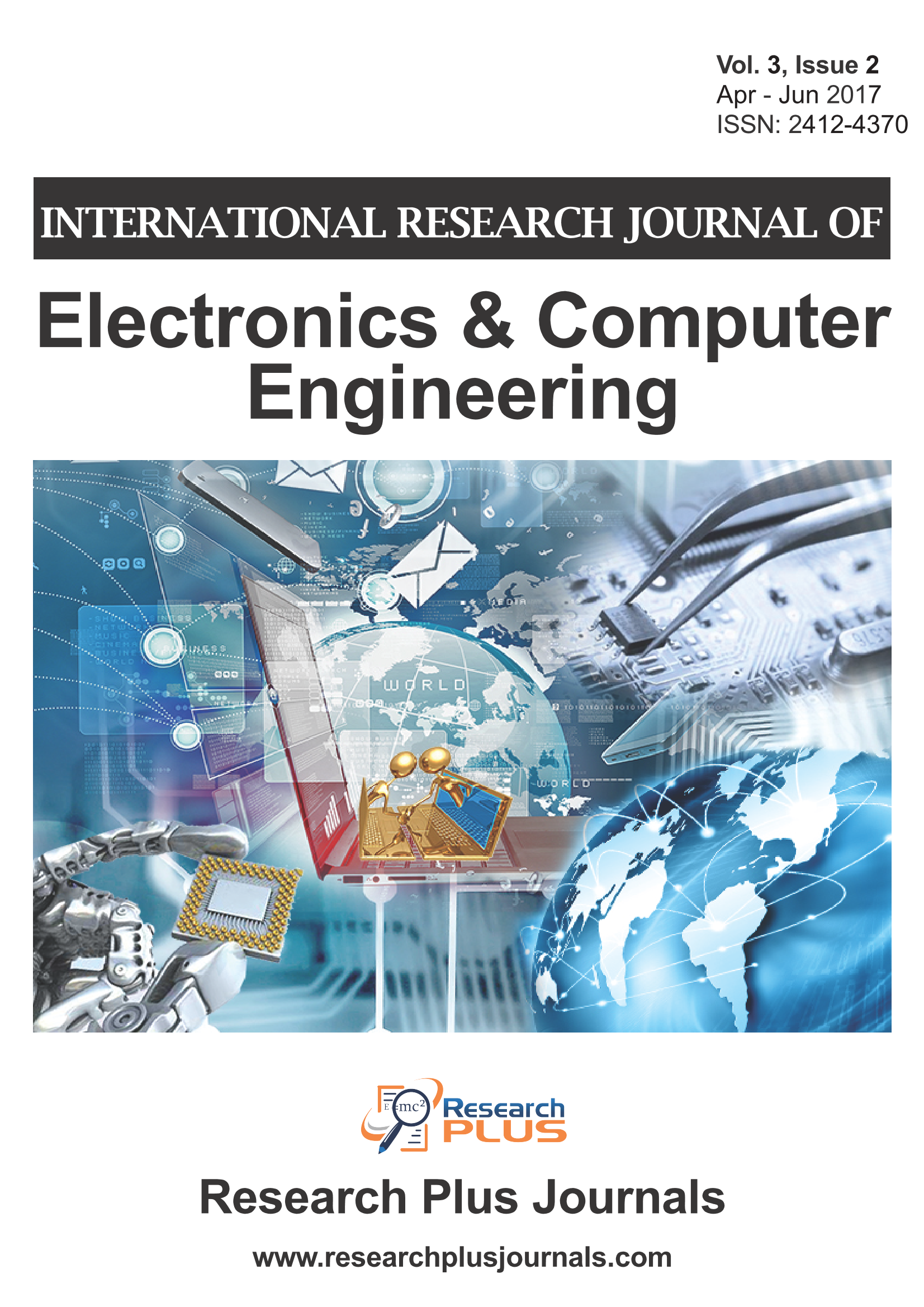Evaluating Machine Translations from Arabic into English and Vice Versa
Abstract
Machine translation (MT) allows direct communication between two persons without the need for the third party or via dictionary in your pocket, which could bring significant and per formative improvement. Since most traditional translational way is a word-sensitive, it is very important to consider the word order in addition to word selection in the evaluation of any machine translation. To evaluate the MT performance, it is necessary to dynamically observe the translation in the machine translator tool according to word order, and word selection and furthermore the sentence length. However, applying a good evaluation with respect to all previous points is a very challenging issue. In this paper, we first summarize various approaches to evaluate machine translation. We propose a practical solution by selecting an appropriate powerful tool called iBLEU to evaluate the accuracy degree of famous MT tools (i.e. Google, Bing, Systranet and Babylon). Based on the solution structure, we further dihttp://researchplusjournals.com/index.php/IRJECE/workflow/index/291/5scuss the performance order for these tools in both directions Arabic to English and English to Arabic. After extensive testing, we can decide that any direction gives more accurate results in translation based on the selected machine translations MTs. Finally, we proved the choosing of Google as best system performance and Systranet as the worst one.

This work is licensed under a Creative Commons Attribution-ShareAlike 4.0 International License.
Copyright & License
All Research Plus Journals (RPJ) publish open access articles under the terms of the Creative Commons Attribution (CC BY-SA 4.0) https://creativecommons.org/licenses/by-sa/4.0/ License which permits use, distribution and reproduction in any medium, provided the original work is properly cited & ShareAlike terms followed.
Copyright on any research article in a journal published by a RPJ is retained by the author(s). Authors grant RPJ a license to publish the article and identify itself as the original publisher. Upon author(s) by giving permission to RPJ either via RPJ journal portal or other channel to publish their research work in RPJ agrees to all the terms and conditions of https://creativecommons.org/licenses/by-sa/4.0/ License and terms & condition set by RPJ.
3rd party copyright
It is the responsibility of author(s) to secure all necessary copyright permissions for the use of 3rd-party materials in their manuscript.
Disclaimer
Research Plus Journals Open Access articles posted to repositories or websites are without warranty from RPJ of any kind, either express or implied, including, but not limited to, warranties of merchantability, fitness for a particular purpose, or non-infringement. To the fullest extent permitted by law RPJ disclaims all liability for any loss or damage arising out of, or in connection, with the use of or inability to use the content.















